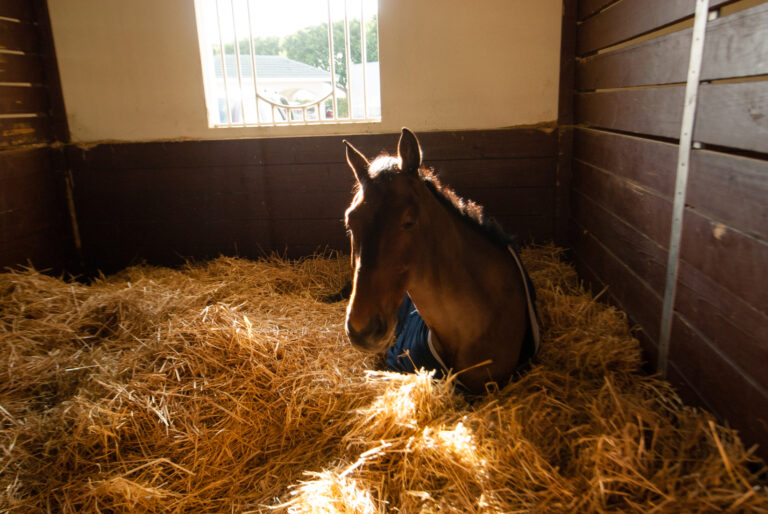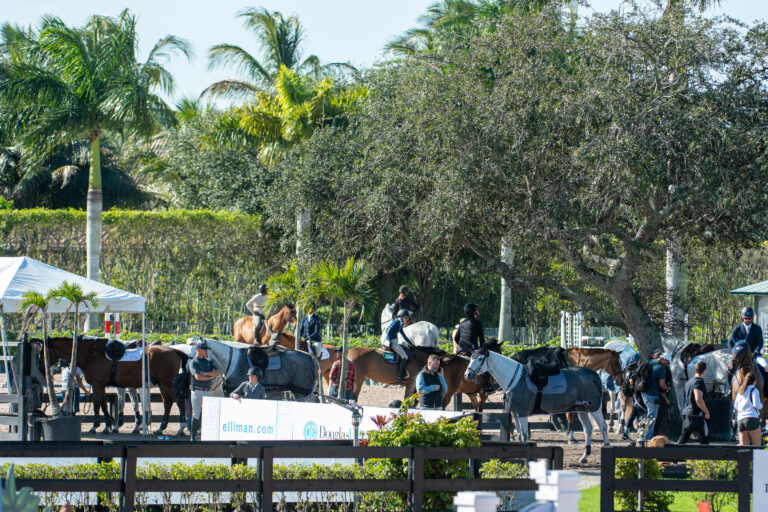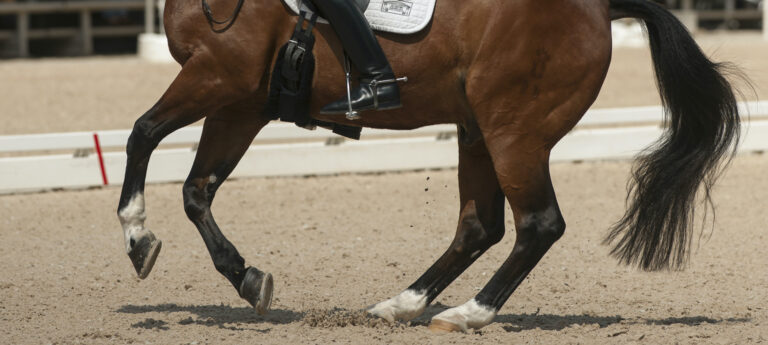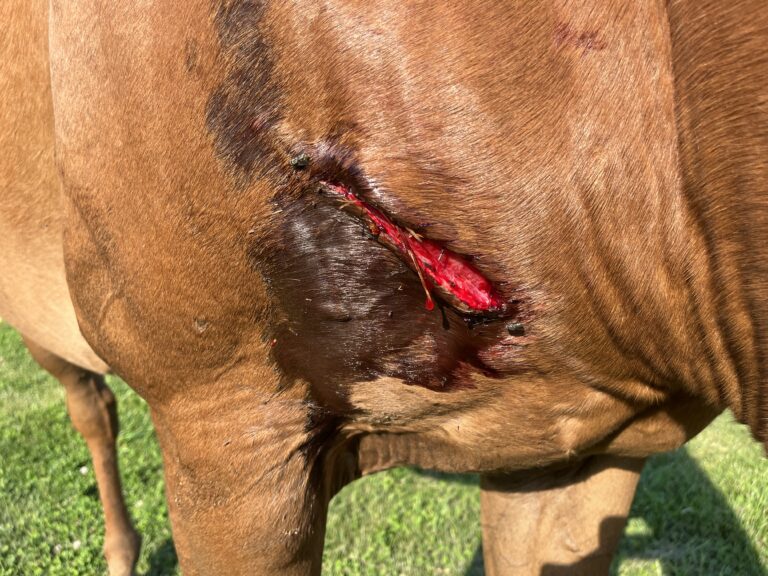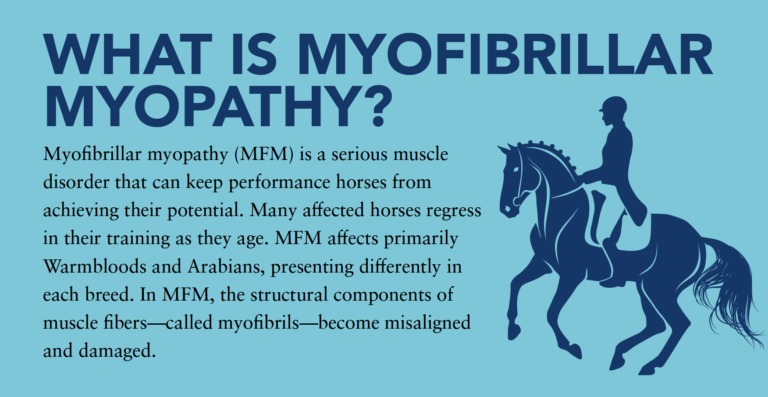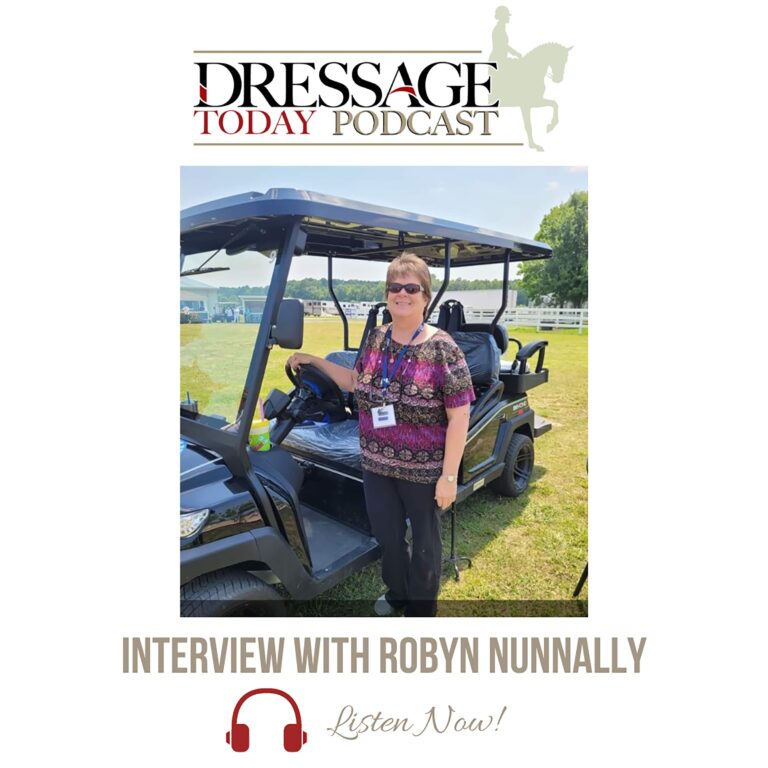
The idea of a food fight takes on a whole new meaning when it comes to horses eating at a common feeder. Most skirmishes over position at the feed “trough” don’t result in injury, but there is always that potential. So, what can you do to minimize the risk of fighting over food access and also, how do you ensure that all the horses get equal opportunity to access their meals?
First off, it works best to group horses according to compatibility. Usually this means housing geldings with geldings and mares with mares, rather than mixing the sexes. You’ll know who gets along best by watching them in group situations. Food adds a contentious element, so be sure to check how the horses relate when food is delivered to the feeders. Some that seem relaxed might turn into aggressive bullies when food comes into the picture.
Whenever possible, try to present multiple feeding stations so less-dominant herd members have a place to access to eat in peace. This may mean dropping hay at various distances in the middle of the pasture. Remember to make sure you don’t put food in areas where a horse could get trapped next to a fence or structure–there should be clear access in and out for a quick escape. Remove all twine and wire from distributed hay, and if you use metal or rubber feeders, make sure legs won’t get entrapped during a skirmish.
The number one strategy to prevent herd fighting is to separate dominant or bullying herd members from the group so they don’t continually disrupt the peace and quiet of horses that will settle down and just eat. Removing aggressive horses to an isolated area during feeding might be the most logical and safest strategy to prevent food fights. Quiet conditions also minimize the danger to humans who deliver the feed.
Good common sense, careful observation, and a bit of trial and error all coordinate to create the most peaceful feeding environment that is safe for both horse and human.


